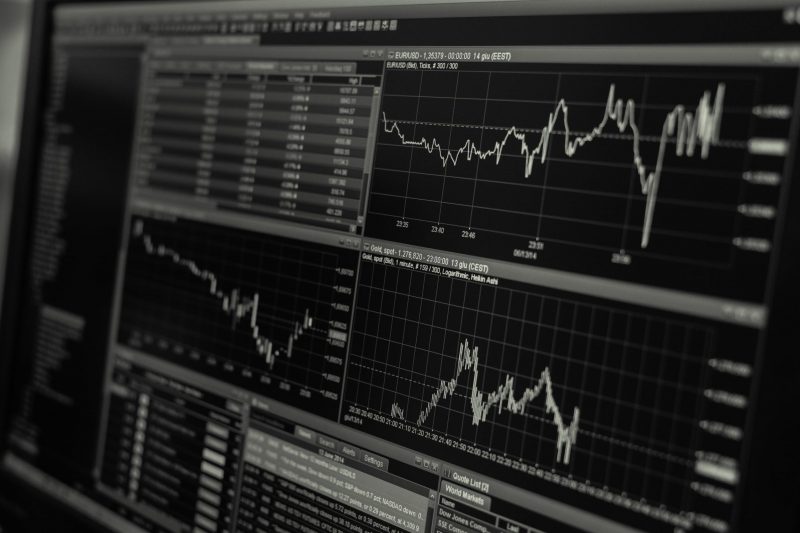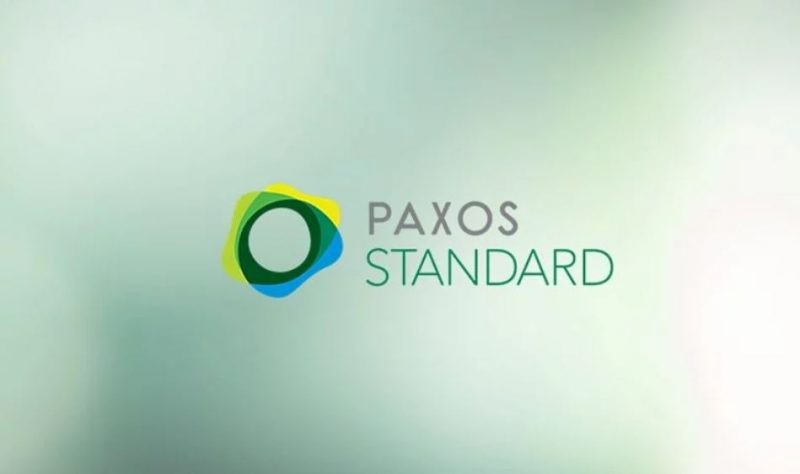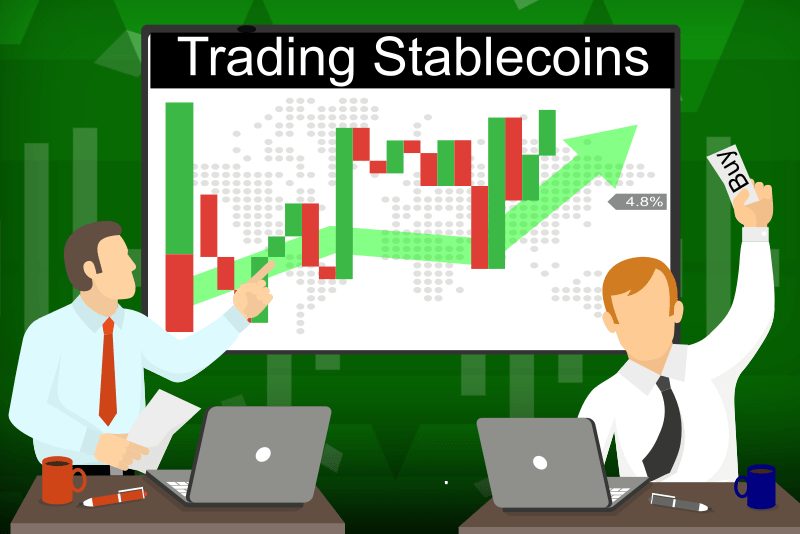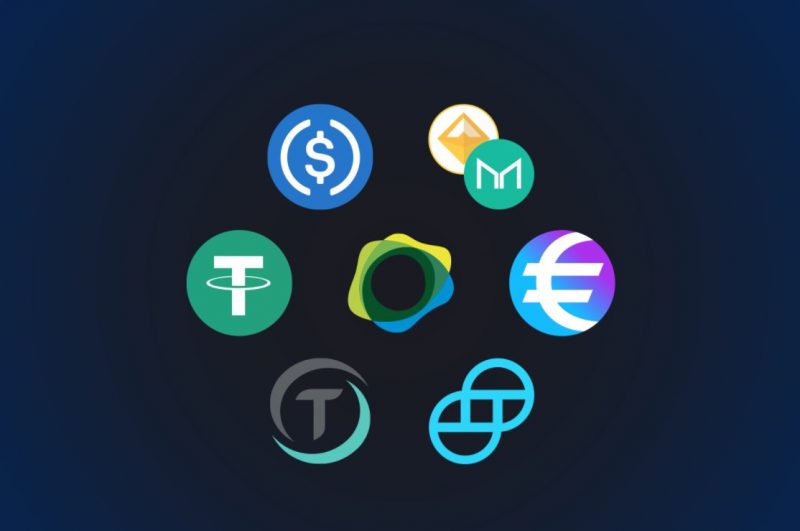The cryptocurrency market was born with Bitcoin, a mysterious digital coin that once was virtually worthless, but today trades for tens of thousands of dollars per BTC.
During its time on this planet, it has given birth to an entire industry of altcoins, ranging from Ethereum, Litecoin, EOS, Ripple, and more. These crypto coins are expanding at a massive rate, reaching more than ten thousand total projects, not even counting what’s popping up on DeFi these days or the thousands more NFTs now on the market.
Crypto is far reaching at this point, even having certain coins that mimic the stability of the dollar the assets are pegged to. This subcategory of cryptocurrencies are called stablecoins, and are able to maintain a strict 1:1 ratio with the dollar by being backed by collateral assets that are equally valued to one dollar.
With the dollar as the global reserve currency and not yet ready to fold, stablecoins have become a force to be reckoned with across crypto, and are now competing with the links of Bitcoin and Ethereum. But most importantly, they make the best possible margin account base currency. Here’s why.
What Are Stablecoins? Tether And USD Coin Explained

Part of why Bitcoin, Ethereum, and countless other altcoins get a bad reputation in finance is due to their notorious price volatility. Most coins in crypto have been through many 80% or more drawdowns, but have also gone on 10,000% rallies in their lifetimes to show for the downside.
With prices moving to such extremes, cryptocurrencies are often better left to the pros who can handle the roller coaster ride they offer investors, or to traders who thrive in such environments. This volatility is why many pundits of crypto complain the asset class will never be used as a real currency.
Stablecoins were created to give naysayers one less thing to add against crypto. Coins like Tether, USD Coin, and more all are tied to the dollar, and backed by assets in the equivalent to keep a stable ratio at all times. The result is a cryptocurrency that can be sent across Ethereum as an ERC-20 token, that works similar to Bitcoin, but represents and is priced in dollars.
How Are They Different From Other Digital Assets?

Another major complaint critics of digital assets have regularly, is that assets like Bitcoin aren’t backed by anything, while others argue the decentralized network and rarity the protocol provides is all the backing needed.
Stablecoins are indeed backed by assets, typically of an equal sum of fiat currencies. In many cases, however, stablecoin issuers also back the price of each coin via other assets as well. These assets aren’t often disclosed, which is the one stain in this area that always seems to follow around the market.
But regardless of what the claims are, Tether and USD Coin and plenty of others are not only thriving, but they’re now beating most other coins in the crypto market top 100. In fact, Tether is now ranked in third.
The reason being is that when the market gets chaotic, investors and traders alike can keep capital in crypto, but move their funds into stablecoins to prevent losses during downturns or volatility. And that’s exactly why these coins make the best base account currency for margin trading accounts.
Other Popular Coins In The Category
Tether and USD Coin have been heavily discussed here, however, the digital asset landscape is vast and includes innovative ways to achieve a low volatility state.
In many cases as discussed, these assets are backed by other, tangible assets like cash or even gold. However, such stability can be achieved algorithmically. Many of the associated tokens are also built on the ERC-20 standard on the Ethereum blockchain.
Paxos Standard (PAX) The Paxos standard is a regulated, audited digital asset tied 1:1 with fiat currencies for stability. It is offered by Paxos Trust Company.

Gemini Dollar (GUSD) The Gemini dollar is another such asset, created by the United States exchange Gemini, owned and founded by the Winklevoss twins, Cameron and Tyler.
Binance USD (BUSD) The Binance dollar is approved by the New York State Department of Financial Services and the result of a partnership between Binance and Paxos.
DAI (DAI) Dai is a cryptocurrency which aims to keep its value at a near parity with the greenback through a smart contract-based algorithm system that involves another coin, Maker (MKR).
TrueUSD (TUSD) TrueUSD is another asset pegged to the global reserve currency, the United States dollar, created by TrustToken.

Additional dollar-pegged tokens are appearing by the day, and the ones that dominate the market, such as Tether, now boast a market cap in the tens of billions. The size of the market and the share this category now commands, proves the technology has real merit.
Why USDC And USDT Beat Bitcoin And Ethereum As Base Margin Account Currency

Read any guide to cryptocurrency trading strategies and they’ll tell you moving into cash or stablecoins when the market is about to crash is among the best ways to protect capital and prevent risk.
But what many traders fail to realize is how this applies to stablecoins being used as a base account currency in margin accounts. Unlike regular accounts, margin trading accounts don’t buy and sell assets from Bitcoin into stablecoins. Instead, margin accounts start with Bitcoin or stablecoins (or Ethereum) and then traders open long or short contracts using the account margin.
When a margin trade is successful using BTC as a base currency, profits are added in Bitcoin to the margin account. The only problem is, a successful trade could still end up in losses if Bitcoin itself crashes.
But by using stablecoins instead, which are immune to market volatility, traders can much more easily weather the storm.
Trade Stablecoin Margin Accounts With New Update

PrimeXBT.com recently added stablecoins USDT and USDC along with Ethereum in addition to their Bitcoin-based margin accounts. With the recent V2.0 infrastructure upgrade, a safe haven from volatility through stablecoins has also been added. The trading community can rely on the reasons outlined above when considering which base margin account currency to choose.


